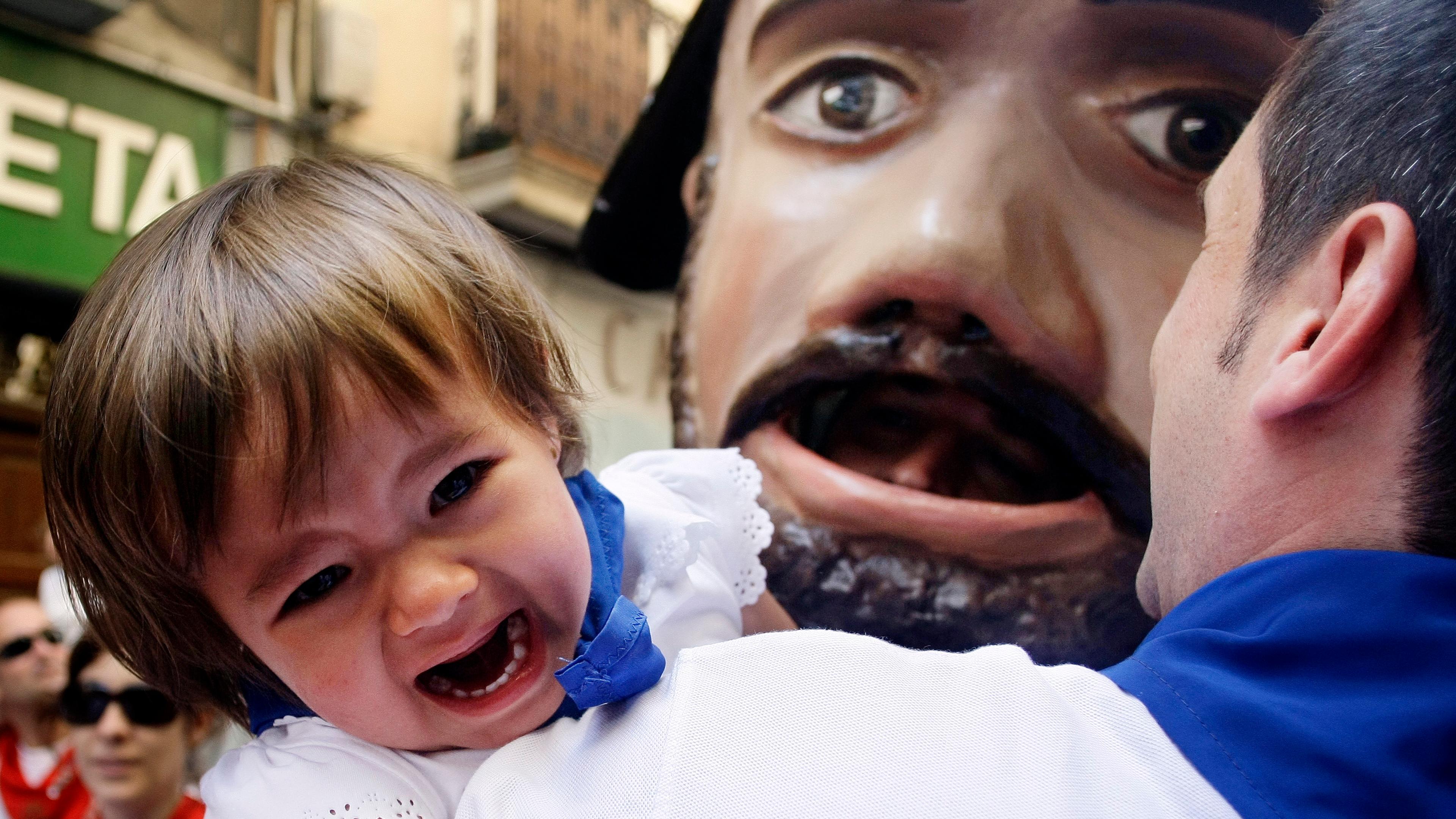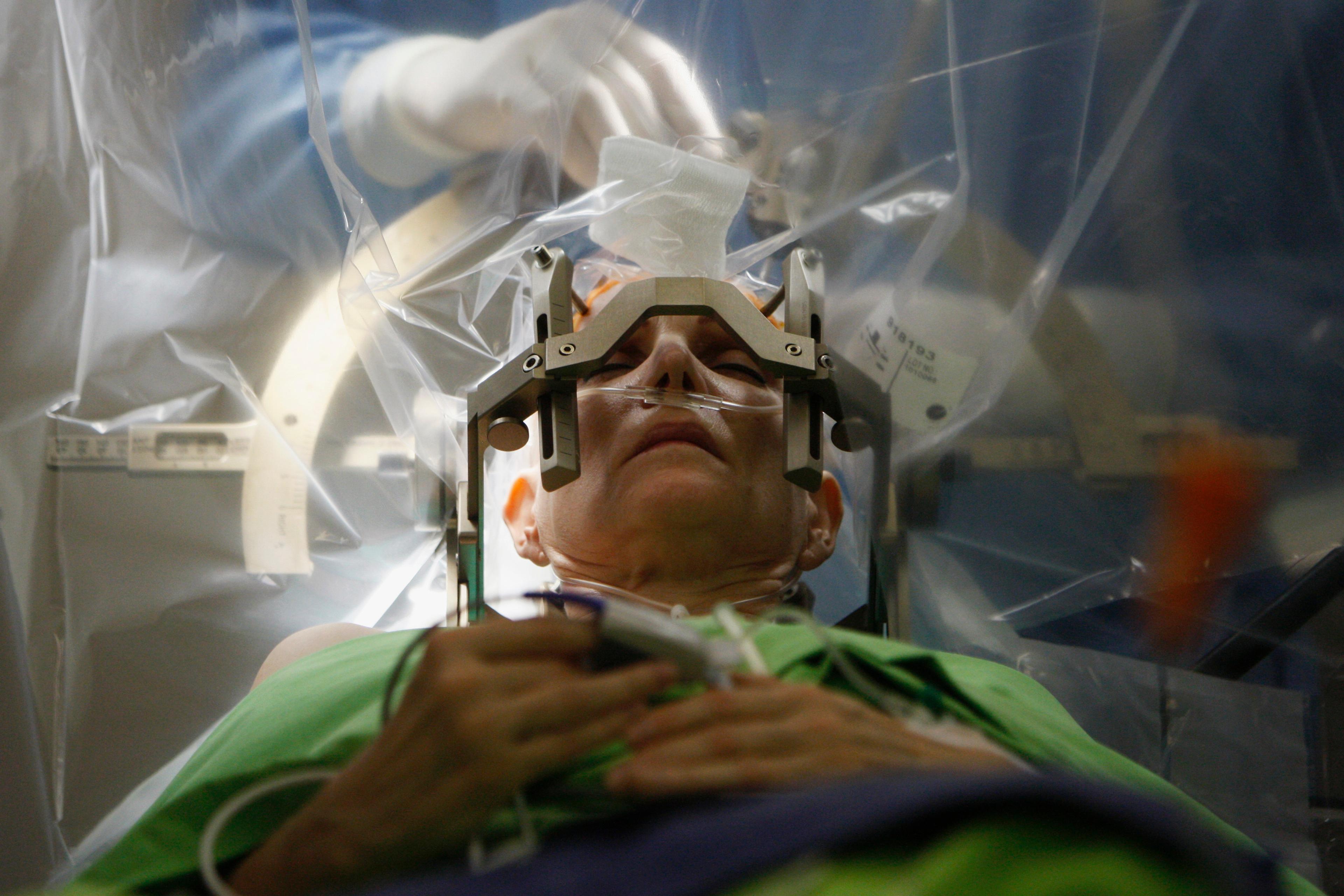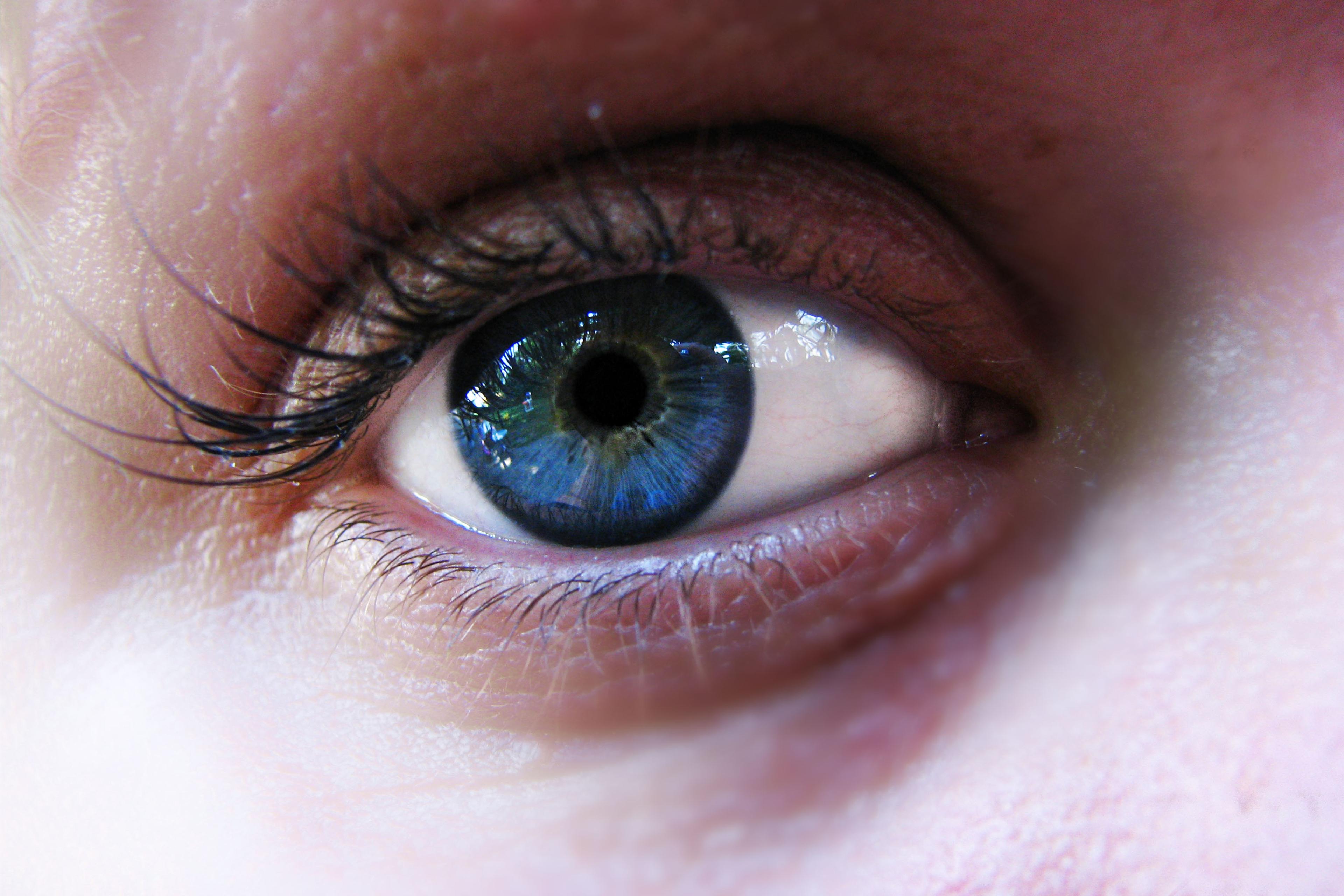As children, many of us are warned not to judge a book by its cover. Yet, as adults, people frequently jump to conclusions about the character traits of strangers based on their facial appearance. These first impressions are striking in that they are often based on stable facial features – such as the shape of someone’s nose or the distance between their eyes – as opposed to facial behaviours like smiling, frowning, laughing or shouting.
First impressions can exert an influence in various areas of our lives. Research suggests that, when we think politicians look competent, we’re more likely to vote for them. When we think someone looks untrustworthy, we’re less likely to offer them employment or lend them money, and more likely to think they’re guilty of crimes. First impressions of people of colour formed by police officers and the judiciary can have fatal consequences.
The influence of face-based first impressions on behaviour is particularly troubling given evidence that they are typically inaccurate; there appears to be little or no relationship between individuals’ actual psychological traits and the ones that others attribute to them based on their facial features. The distorting effects of racial stereotypes on impressions of intelligence and aggression are well documented. Research also indicates that face-based judgments of trustworthiness do not predict how individuals perform in economic games designed to measure trustworthiness. Similarly, judgments of CEOs’ leadership ability based on their facial appearance do not predict their performance.
Some first impressions are idiosyncratic: they differ between people living within the same culture. There is broad agreement that idiosyncratic impressions result from first-hand interactions with others. Consider, for example, David, who as a child had a kind and generous teacher. In adulthood, David might spontaneously attribute kindness and generosity to a stranger who resembles his old teacher, even if other people who encounter that stranger would not. Lab-based training studies have shown that participants readily acquire associations between particular faces and character traits, and will then apply this learning when judging new faces of similar appearance.
Other first impressions – so-called consensus impressions – are widely shared within a culture or community. For example, many individuals in the UK and the US attribute naivety and trustworthiness to faces with large eyes and round features. The same observers tend to judge short, squat faces to be more aggressive than faces that are long and thin, and attribute to beautiful faces a range of positive traits including trustworthiness, intelligence and generosity.
The origin of these consensus impressions is contested. A particular challenge is to understand how many people within the same culture can form similar but inaccurate first impressions. Some researchers assert that these findings demand an evolutionary explanation – eg, the existence of innate face-trait associations. However, we believe that these findings can be understood without invoking evolutionary adaptations.
In our recent work, we have argued that consensus impressions based on faces are the result of cultural messages that people encounter about the appearance of certain types of characters: heroes and villains, jocks and geeks, leaders and followers, and so on. Because they expose many members of a community to the same face-trait stereotypes, these cultural messages have the potential to explain the emergence of widely held but inaccurate consensus impressions.
There is good reason to believe that many consensus impressions are learned rather than innate. Consider the attribution of intelligence to those who wear glasses. Glasses have existed for less than 800 years – far too short a time for genetic evolution to endow humans with innate knowledge about the likely traits of glasses-wearers. As such, we must each learn this association within our lifetime. Nevertheless, children in the UK show signs of this consensus impression as early as five years of age. Moreover, the same appearance-trait inference is seen in other cultures around the world.
One means by which face-trait stereotypes are learned is through exposure to film and television, such as the Superman and James Bond franchises or the animated movies of Disney and Pixar. These entertainment products have sent millions of viewers worldwide clear messages about the appearance of heroes and villains. For example, villains are more likely than heroes to be depicted with facial disfigurements and baldness. Conversely, heroes frequently possess a square jaw, flowing hair, white skin, and a perfect smile. Similar messages have been conveyed by much older mechanisms of transmission, such as illustrated storybooks (eg, Grimms’ Fairy Tales), paintings and iconography.
While some cultural products convey face-trait stereotypes inadvertently, visual propaganda is often intentionally designed to do so. In Nazi Germany, for example, antisemitic propaganda frequently aimed to reinforce associations between faces with a pallid complexion and large noses (stereotypically associated with Jewish appearance) and negative character traits such as greed and Machiavellianism. Similarly, anti-Chinese propaganda circulated in California during the 1870s deliberately fostered associations between East Asian appearance and negative character traits (eg, greed, wickedness).
Cultural rituals also play an important role in the transmission of face-trait stereotypes. Consider two cultural rituals common in the US: Halloween and beauty pageants. During Halloween, children learn that a pallid complexion, facial disfigurement, and large noses – common features of witches and monsters – are associated with evil character. Conversely, beauty pageants – which evaluate contestants’ charitable works, and their intellectual and cultural achievements, as well as their physical appearance – reinforce the ‘what-is-beautiful-is-good’ stereotype. These kinds of ritual not only teach people face-trait associations, but also show them how to transmit these stereotypes to future generations.
The acquisition of face-trait stereotypes by children can be scaffolded by parents and caregivers. For example, parents spontaneously allude to the putative character traits of those depicted in picture books when discussing the content with their children. This appears to be true irrespective of whether parents overtly approve or disapprove of the inference of character traits from appearance. Children may also pick up on the non-verbal reactions of caregivers and peers to strangers whom they perceive to be trustworthy or threatening, and thereby acquire the same face-trait stereotypes.
Once they are acquired, face-trait associations, particularly those learned during childhood, may be difficult to unlearn. The study of conditioning phenomena suggests that new learning – learning that contradicts a previously learned rule – often manifests selectively in the context within which it occurs. Moreover, face-trait associations might be self-reinforcing. Once people possess a particular stereotype, they may seek out evidence that confirms their belief (eg, that a particular stranger is untrustworthy) and overlook contradictory evidence (eg, signs that the stranger is actually trustworthy).
According to the cultural learning account, consensus impressions can gradually change over time, as the nature and content of cultural messages evolve. In Tudor England, for example, the presence of a suntan indicated that a woman likely worked outside and was of low status. Wealthy women therefore used pigments to whiten their skin and thereby signal their high status. This trend was further popularised by Elizabeth I, who used white makeup to cover facial scars. Fast-forward 450 years, and tanned skin is no longer stigmatised in Britain. Instead, a suntan is now considered desirable and taken by many as a sign of health and vitality.
The cultural learning account also suggests that there should be systematic differences in face-based first impressions between cultures. Mounting evidence supports this view. For example, in so-called WEIRD cultures (Western, educated, industrialised, rich and democratic), straight white teeth are associated with attractiveness, social status and a host of positive characteristics. Positive associations with straight white teeth are not culturally universal, however. Various forms of dental modification, including the deliberate creation of gaps through the removal of teeth, the filing of teeth to modify their shape and teeth-blackening are common in some cultures. Within these cultures, dental modification enhances impressions of the individual by signalling group membership, social status, and desirable character traits (such as sobriety and restraint).
There is also growing evidence that people evaluate faces more favourably (eg, increased attributions of trustworthiness, competence and intelligence) when the faces being judged are from the raters’ ethnic ingroup. Similarly, study participants’ trait ratings appear to be strongly influenced by the particular inter-racial attitudes prevalent within the raters’ culture.
To date, first impressions researchers may have underestimated the extent of crosscultural differences because of an over-reliance on white face stimuli and white and WEIRD research participants. However, as first impressions research incorporates more diversity in terms of study participants and the faces that are judged, greater evidence of systematic individual and cultural differences is emerging.
Scholars now broadly accept that cultural messages likely play an important role in the emergence of at least some first impressions of faces. However, some researchers still maintain that certain first impressions have an innate basis. For example, according to this view, first impressions of facial trustworthiness may have helped our evolutionary ancestors identify friendly collaborators. Similarly, first impressions of dominance and competence may have helped our ancestors identify effective leaders. These face-trait associations may have thereby become hardwired in our genes.
Proponents of this view point to evidence that some first impressions seem to appear early in development. In particular, infants as young as seven months old prefer to look at faces that are judged as trustworthy by adults. However, in these studies, the apparently trustworthy faces are shown smiling and the apparently untrustworthy faces are shown scowling. As such, it is impossible to tell whether infants are responding to the stable facial features that identify an individual or rather to momentary facial expressions.
It is difficult to rule out an innate contribution to particular face-trait inferences. However, it remains uncertain if and how first impressions that are so often inaccurate would have conveyed an evolutionary advantage on our ancestors. It’s costly to collaborate with untrustworthy individuals – or to fail to collaborate with trustworthy individuals – so our ancestors may have been better off assuming nothing about someone’s likely traits based on their facial appearance alone.
Learning more about how face-trait associations emerge today could eventually inform efforts to protect against their worst consequences – for example, by modifying the cultural messages that children are exposed to. People in the creative industries, such as animators, illustrators and casting directors, could have a crucial role to play in this mission. Yet we should all be mindful of the extent to which we ‘teach’ children, even inadvertently, about the likely appearance of heroes and villains, the competent and the incompetent, the leaders and the followers.








